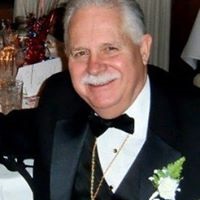Which subatomic particle orbits the nucleus of an atom?
An atom is the smallest unit of ordinary matter that forms a chemical element. Every solid, liquid, gas, and plasma is composed of neutral or ionized atoms. Atoms are extremely small.
Every atom is composed of a nucleus and one or more electrons bound to the nucleus. The nucleus is made of one or more protons and a number of neutrons. Only the most common variety of hydrogen has no neutrons. More than 99.94% of an atom's mass is in the nucleus.
The protons have a positive electric charge, the electrons have a negative electric charge, and the neutrons have no electric charge. If the number of protons and electrons are equal, then the atom is electrically neutral. If an atom has more or fewer electrons than protons, then it has an overall negative or positive charge, respectively - such atoms are called ions.
Electrons are the subatomic particles that orbit the nucleus of an atom. They are much smaller than the nucleus of the atom. These orbits are not visible paths like the orbit of a planet or celestial body. Even if we could view electrons they would move too fast for the human eye. That is why the modern model of the atoms has an electron cloud surrounding the nucleus of an atom instead of a defined system of electrons in concentric orbits.
More Info:
en.wikipedia.org
